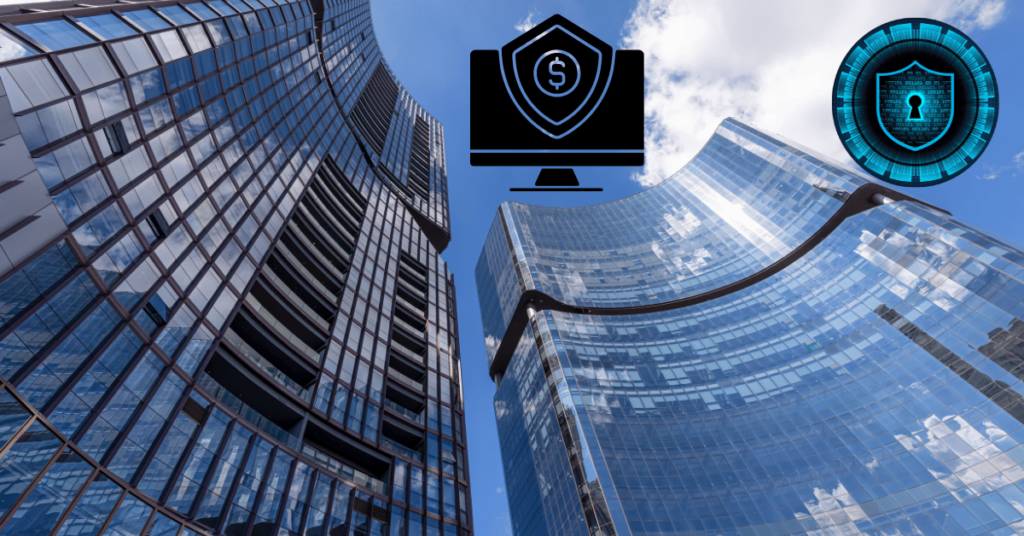Nonprofit organizations, while focused on social missions, are not exempt from cyber threats. With limited budgets and often minimal cybersecurity resources, nonprofits are vulnerable to data breaches, ransomware attacks, and other cyber incidents. Cyber insurance is a crucial safeguard that helps nonprofits manage the financial impact of cyber threats, allowing them to continue serving their communities without disruption.
This guide explores the importance of cyber insurance for nonprofits, key coverage options, and how nonprofits can benefit from these policies to manage risk.
Why Nonprofits Are Vulnerable to Cyber Threats
Nonprofits store sensitive data, including donor information, volunteer details, and sometimes even medical or social service records. This data is valuable to cybercriminals, yet many nonprofits lack the cybersecurity infrastructure that larger organizations have. Here are some reasons why nonprofits face elevated cyber risks:
- Limited Cybersecurity Budgets: Nonprofits often prioritize program spending over cybersecurity, leaving them with limited protections.
- High-Value Data: The personal and financial data collected from donors and beneficiaries is valuable to cybercriminals.
- Resource Constraints: With small IT teams and limited security tools, nonprofits can struggle to implement robust cybersecurity measures.
- Public Trust: A data breach could erode the trust donors and beneficiaries place in the organization, impacting its reputation and funding.
Key Cyber Insurance Coverage for Nonprofits
1. Data Breach Liability
Data breach liability coverage is critical for nonprofits due to the sensitivity of donor and beneficiary information. This coverage manages costs related to breach notification, credit monitoring, and legal defense.
- Scope: Covers the costs associated with notifying affected individuals, managing public relations, and defending against potential lawsuits.
- Example: If a nonprofit’s donor database is compromised, data breach liability coverage helps cover notification costs and public relations efforts to restore trust.
2. Cyber Extortion and Ransomware Coverage
Nonprofits are not immune to ransomware attacks, which can encrypt data and disrupt operations. Cyber extortion coverage is essential to recover data and resume normal activities.
- Scope: Covers ransom payments, negotiations, and data recovery expenses.
- Example: If a ransomware attack locks a nonprofit’s donor and beneficiary records, this coverage helps negotiate and pay the ransom, ensuring data recovery.
3. Business Interruption and Extra Expense Coverage
For nonprofits that rely on online donations or service portals, a cyber incident can halt essential activities. Business interruption coverage ensures continuity by covering operational expenses during downtime.
- Scope: Compensates for lost revenue and additional expenses needed to maintain services during an interruption.
- Example: If a cyberattack disables a nonprofit’s online donation platform, business interruption coverage helps cover the revenue loss and costs to restore the system.
4. Regulatory Defense and Penalties
Nonprofits must comply with data protection laws, especially if they operate across multiple regions. Regulatory defense coverage addresses fines and legal costs associated with compliance breaches.
- Scope: Covers costs of legal defense and any penalties imposed due to non-compliance with data protection regulations.
- Example: If a nonprofit fails to comply with state data breach notification laws, this coverage helps manage regulatory penalties and defense costs.
5. Errors and Omissions (E&O) Coverage
For nonprofits, errors and omissions coverage is vital to address liabilities stemming from service delivery failures, such as mismanagement of sensitive data or cybersecurity oversights.
- Scope: Covers legal fees, damages, and settlements in cases where service errors lead to legal action.
- Example: If an error in data handling exposes beneficiaries’ information, E&O coverage assists with legal fees and settlement costs.
6. Media Liability Coverage
Media liability coverage protects nonprofits from lawsuits resulting from online content, which can include defamatory statements or copyright infringements.
- Scope: Covers claims related to content produced by the nonprofit, such as blogs, social media posts, or newsletters.
- Example: If a nonprofit inadvertently posts copyrighted images on its website, media liability coverage helps address any resulting legal claims.
How Nonprofits Can Benefit from Cyber Insurance
- Financial Protection: Cyber insurance minimizes the financial impact of a cyber incident, covering costs such as data recovery, legal fees, and regulatory fines.
- Operational Continuity: With business interruption coverage, nonprofits can maintain essential services, even if their systems are compromised.
- Enhanced Donor Confidence: Donors are more likely to support organizations with robust risk management practices, including cyber insurance.
- Access to Incident Response Resources: Many cyber insurance policies provide access to cybersecurity experts who can guide nonprofits through incident response and recovery.
- Assistance with Regulatory Compliance: Regulatory defense coverage helps nonprofits navigate complex data protection laws, reducing the risk of costly penalties.
Best Practices for Cybersecurity in Nonprofits
- Implement Basic Security Protocols: Nonprofits should prioritize basic cybersecurity measures, such as firewalls, antivirus software, and secure passwords.
- Conduct Regular Training: Staff should be trained to recognize phishing attempts, avoid risky downloads, and protect sensitive information.
- Backup Critical Data: Regularly backing up data ensures that nonprofits can recover quickly in case of a ransomware attack.
- Limit Access to Sensitive Information: Restricting access to sensitive data minimizes the risk of unauthorized exposure.
- Develop an Incident Response Plan: Having a clear plan enables nonprofits to respond quickly to cyber incidents, minimizing disruption and damage.
FAQs
What are the primary cyber risks for nonprofits?
Nonprofits face risks such as data breaches, ransomware attacks, and unauthorized access to sensitive donor information. These risks are heightened due to limited cybersecurity resources and high-value data.
Does cyber insurance cover ransomware attacks for nonprofits?
Yes, many cyber insurance policies offer ransomware coverage, which includes ransom payments, negotiation support, and data recovery.
How does cyber insurance help nonprofits with regulatory compliance?
Cyber insurance can assist with regulatory defense, covering costs related to legal fees and fines if a nonprofit fails to meet data protection laws.
Is media liability coverage necessary for nonprofits?
Yes, media liability coverage protects nonprofits from claims related to online content, such as social media posts, that may inadvertently infringe on copyrights or defame individuals.
Why should nonprofits consider cyber insurance despite limited budgets?
Cyber insurance offers financial protection that can save nonprofits from devastating losses in the event of a cyber incident, ensuring they can continue their missions without significant disruption.
Conclusion
Cyber insurance is an essential risk management tool for nonprofits, providing financial protection against data breaches, ransomware attacks, and other cyber threats. By investing in comprehensive cyber insurance policies, nonprofits can safeguard their operations, build donor trust, and focus on their core missions. As cybersecurity risks continue to evolve, nonprofits must prioritize both preventative measures and risk management strategies like cyber insurance to ensure their longevity and impact.
So that was all about this article. If you have any further questions feel free to comment down below!




